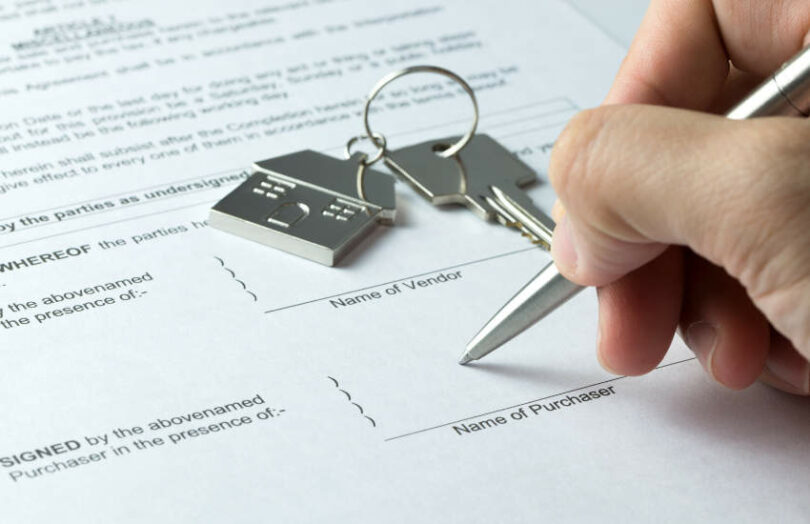In a speech earlier this week, Sir Jon Cunliffe, Deputy Governor of the Bank of England, spoke about different ways central bank money could be used for DLT settlement. One of the paths is to synchronize a change in asset ownership on a DLT network with a simultaneous payment on the central bank’s payment network, the real time gross settlement (RTGS) system. Today the results were announced for Project Meridian involving a similar delivery versus payment (DvP) trial with the Bank of England at the London BIS Innovation Hub.
The application tested was the settlement of a house purchase with the HM Land Registry. However, the Meridian paper acknowledges other potential use cases, including corporate actions, securities settlement and cross-border payments.
DvP – called atomic settlement in the blockchain world – eliminates the risk that one party hands over the money or the asset, and the other party fails to deliver.
In the paper, cross border payments were explored theoretically, partly because of the significant settlement risks involved in the foreign exchange market, which the synchronization solution could address. The report quotes the daily FX settlement risk of $2.2 trillion in April 2022. It doesn’t mention that the country most exposed to that risk is the UK.
Using payment versus payment (PvP) for foreign exchange could be achieved with this type of solution. However, several challenges include:
- Inconsistent data formats.
- AML and compliance frictions.
- Limited overlap between RTGS opening hours in different jurisdictions.
The property use case
Returning to the use case that was tested, for now, there is no digital representation of a house deed on a ledger, so a digital deed was introduced. Coadjute, the company that runs a UK real estate workflow solution based on DLT, participated in the project.
The trial introduces the concept of a synchronization operator that sits between asset ledgers and the RTGS system(s). It coordinates the conditional settlement but does not have an RTGS account. In this case, the synchronization operator used a permissioned DLT, the R3 Corda enterprise blockchain, with each participant having a node on the network with their identity confirmed using credentials.
Next year the Bank of England plans to roll out its updated RTGS system and, after that, might consider deploying something like this synchronization solution.
This is not the first time there have been efforts to interlink DLTs with RTGS. In Europe, there’s been experimentation with trigger solutions as an alternative to CBDCs. Several years ago, SAP and Accenture developed a DLT-based RTGS that could interoperate with conventional RTGS systems.






